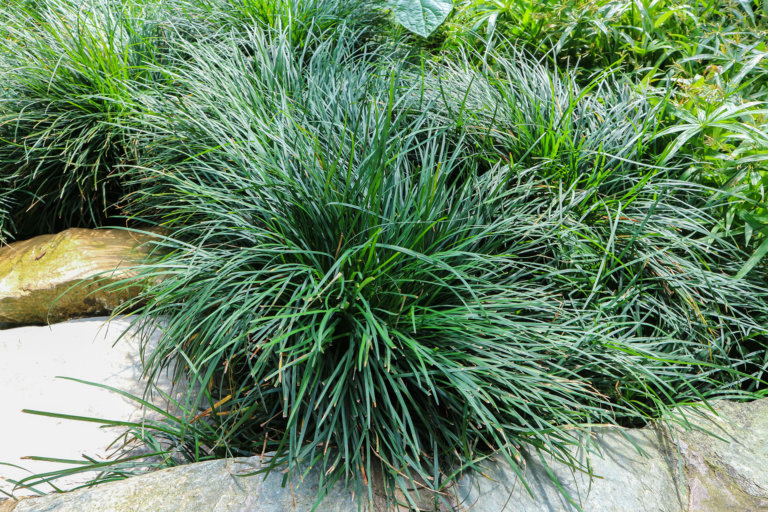Cloudy pool water is a common problem that can happen quickly. In fact, a pool can turn cloudy overnight!
While some people might not worry too much about it, cloudy water indicates something is amiss. There are many causes of cloudy pool water, including:
- A filter getting clogged up or not functioning correctly
- An imbalance of chemicals in the water
- Environmental factors such as dust, organic debris, and algae
A heavily used pool will also need more care because contamination is also introduced by people in the pool.
Ideally, your pool water should be nice and clear. Not only does cloudy water put people off entering the pool, but it can also lead to other problems. It can lead to the growth of algae or infections from pathogens, including E. coli and pseudomonas, among other nasties.
Here are five easy methods for getting rid of the cloudiness.
Method 1: Use a Pool Water Clarifier
Using a commercial water clarifier is the easiest method for quickly fixing cloudy water in many cases. This is especially true if you have guests coming over for a pool party, and the cloudiness needs to be fixed as quickly as possible.
Just follow the dosage requirements on the label.
A water clarifier works by attracting tiny particles to itself and binding them together, much like a coagulant. This quickly removes any debris and particles that could be causing cloudiness.
The biggest problem with this method is that if there is a cartridge filter in place, the water-clarifying chemical will clog up the paper filter. The coagulant properties of the clarifier are great at removing tiny bits of debris, but they also clog up the filter. Use this method only if you really have to or just be prepared to change your filter afterward.
Method 2: Use Flocculent
Another quick and easy method is to use something called pool flocculent or granular flocculent. This traps the particles in a similar way to the water clarifier. The difference is that it then settles to the bottom of the pool.
The big advantage is that this is a quick and easy method of clearing cloudy water overnight. However, you will end up with cloudy debris sitting on the bottom of the pool. Unless you want it to remain there, it will need to be vacuumed up. The other downside is that, just as with a water clarifier, it will clog up cartridge filters.
Method 3: Check the Pool Filter
The pool filter is the key to keeping the water clean and free of debris.
Most filters last from one to five years, but a lot of this depends on how often the pool is used, how often the pool is cleaned, and what chemicals the filter needs to deal with in the pool.
The easiest thing to do if the filter is looking grimy is to take it out and water it down thoroughly with a jet of water from a hose. It’s also possible to soak it overnight in a bath with some filter-cleaning chemicals added to it.
If the filter has definitely seen better days, it’s time to replace it entirely. This could be the cause of the cloudiness. Just be aware that if you add a water clarifier to the pool, this will clog up the filter pretty quickly.
Method 4: Shock the Water with Chemicals
One of the most common causes of cloudy water is low free chlorine levels in the pool. A low free chlorine level means that the existing chlorine can’t do the job of killing any pathogens in the water. It also causes your pool to smell of chlorine.
The best thing to do is to check the free chlorine (FC) levels in the pool using a testing strip. Subtract the FC level from the total chlorine level to arrive at the combined chlorine level. If the FC is below three parts per million (PPM) or the combined chlorine is above 0.5 PPM, then you will need to shock the water as soon as possible to increase FC levels.
Once FC falls below a certain threshold, the chlorine cannot kill the pathogens in the water effectively. This inevitably leads to more pathogen growth, algae, and ammonia. No one should use the pool if this is the case.
Add granular chlorine according to the recommended dosage on the packaging. This is usually two pounds per ten thousand gallons of water. This extra chlorine will shock the pool water back to more optimal levels and serves to kill off any existing pathogens.
Just remember: for swimming, the ideal pH level of a pool should be 7.6, with a variance of up to 7.8 in the upper level and 7.4 in the lower level. And ideally, combined chlorine levels should be below 0.5 PPM and as close to zero as possible.
Method 5: Clean Out the Pool
This is definitely the most labor-intensive method of clearing out the pool and dealing with cloudiness. In fact, it’s often best to vacuum out the pool alongside other methods, such as using pool flocculent and changing out the filter.
If the pool is in a location where lots of leaves and other debris get into it, this will be a potential cause of dirty and cloudy water. The debris will often sink to the bottom of the pool, where it’s much more difficult for the filtration system to suck it up.
The solution is to use a pool vacuum cleaner. Hook it up as normal and go over the bottom of the pool carefully and suck up all of the debris. This can also be done if granular flocculent has recently been used.
It’s also a good idea to thoroughly scrub the sides, especially if it has not been done in a while. This is the best way to get rid of any algae buildup.







